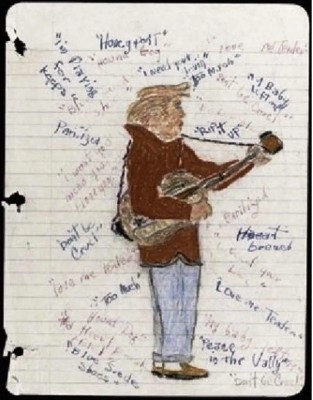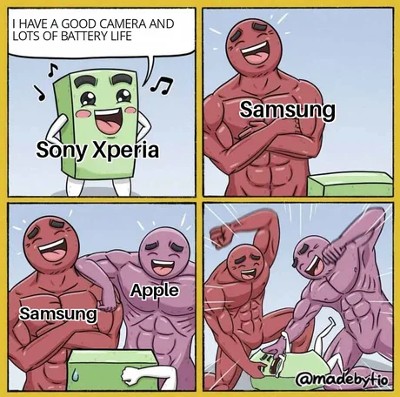What Are Crop Circles — And Are Any Of Them Actually Made By Aliens?
From the 1960s to the 1980s, crop circles captivated imaginations worldwide, with many attributing these massive, circular formations in fields of wheat, corn, and other crops to extraterrestrial activity. But a deeper dive into their origins reveals a more terrestrial explanation for these fascinating patterns.
Crop circles, large areas of flattened crops depicting intricate designs, first gained widespread attention in the mid-20th century. Their precise, often geometric patterns viewed from above sparked theories of alien landings and messages. The phenomenon became synonymous with UFOs and extraterrestrial visitations, particularly during the late 20th century when the fascination with space and otherworldly beings was at its peak.
In the early 1990s, the mystery surrounding crop circles began to unravel. Two Englishmen, Doug Bower and Dave Chorley, demonstrated that these formations could be easily created with simple tools like planks of wood and rope. Their revelation showed that crop circles could be man-made, fueled by nothing more than creativity and a bit of alcohol. This debunked the notion that such designs required advanced technology or alien intervention.
The First Historical Mentions
Interestingly, the earliest known reference to a crop circle dates back to 1678 in a pamphlet from England titled "The Mowing-Devil: Or, Strange News out of Hartford-shire." According to the story, a farmer found his field mysteriously mowed in perfect spirals after a heated argument with a worker. The pamphlet claimed that the Devil himself had mowed the field, leaving the 17th-century English populace baffled and spooked.
The Tully UFO "Nests"
The modern era's first significant crop circle incident occurred in 1966 near Tully, Queensland, Australia. Banana farmer George Pedley reported seeing a "flying saucer" take off, leaving behind a circular area of flattened plants. Dubbed "saucer nests," these formations sparked widespread UFO speculation. Similar reports followed, with locals like cane farmer Tom Warren and schoolteacher Hank Penning claiming sightings of these mysterious nests.
The Evolution of Crop Circles
The initial crop circles were simple circles, but as the phenomenon grew, so did the complexity of the designs. By the 1980s and 1990s, crop circles had evolved into intricate patterns, often with elaborate geometric and symbolic elements. Despite the debunking of their alien origins, crop circles remain a stunning form of landscape art, drawing interest and admiration from around the world.
Today, crop circles have transitioned from being viewed as mysterious phenomena to becoming a part of popular culture. In 2018, Spotify used crop circles in a viral campaign to promote country artists by creating likenesses of musicians in fields. While some ufologists still believe that at least a few crop circles might be of nonhuman origin, the consensus leans towards them being beautiful, human-made artworks.
Get Free Gifts & Best Stories!
Join our newsletter to get our top stories of the month and free merch.
- 📚 Cool Stories: Read stories you won’t find in textbooks.
- 🎁 Free Gifts: Get exclusive stickers, t-shirts, and more!
Only 1 email a month. No spam, we promise!

